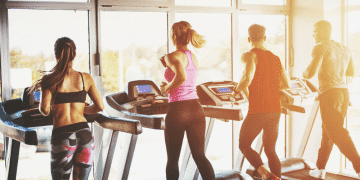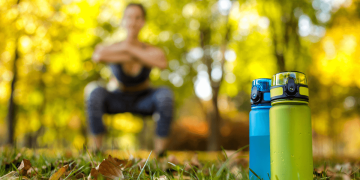Staying Active: Weather-Wise Workout Tips for Aussies
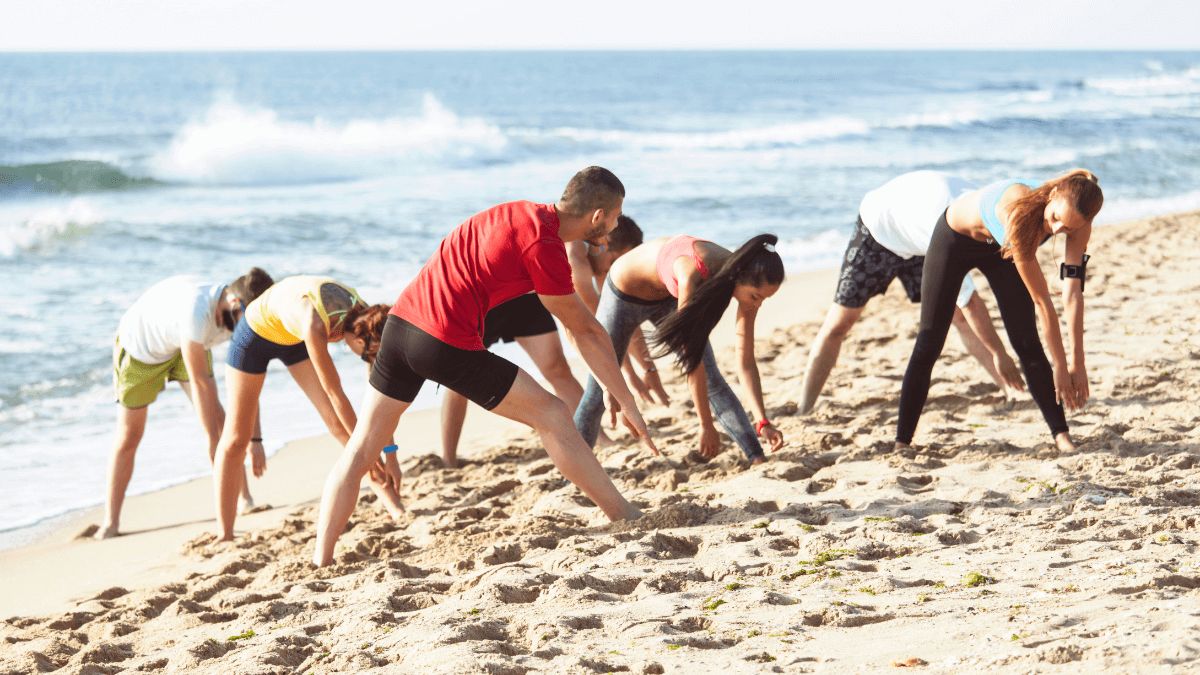
From the blazing outback sun to cold winter mornings in the southern states, to the sticky, storm-prone summers in the tropics, Australia’s climate is as varied as its people. Although Aussies are well-known for their passion of the great outdoors, if unprepared remaining active in severe weather might result in actual health hazards. Whether you’re piling on for a cold trail run or facing the heatwave for a seashore jog, smarting about your workout is very vital.
These are basic exercise guidelines to enable you to continue moving safely regardless of the Australian climate.
1. Know Your Climate Zone

Australia’s large topography causes great variations in temperature between different areas. In Far North Queensland, a workout that seems revitalising in Tasmania could be risky.
- Tropical (e.g., Darwin, Cairns): Prepare for high humidity and sudden storms.
- Arid (e.g., Alice Springs): Expect extremely hot days and cooler nights.
- Temperate (e.g., Sydney, Melbourne): Variable weather with cooler winters and hot, dry
- Cooler regions (e.g., Hobart, Canberra): Frosty mornings and potential snowfall in winter.
Before heading outdoors, check the Bureau of Meteorology (BOM) for weather warnings, UV ratings, and air quality indexes.
2. Hot Weather Hacks: Exercising Safely in the Aussie Heat
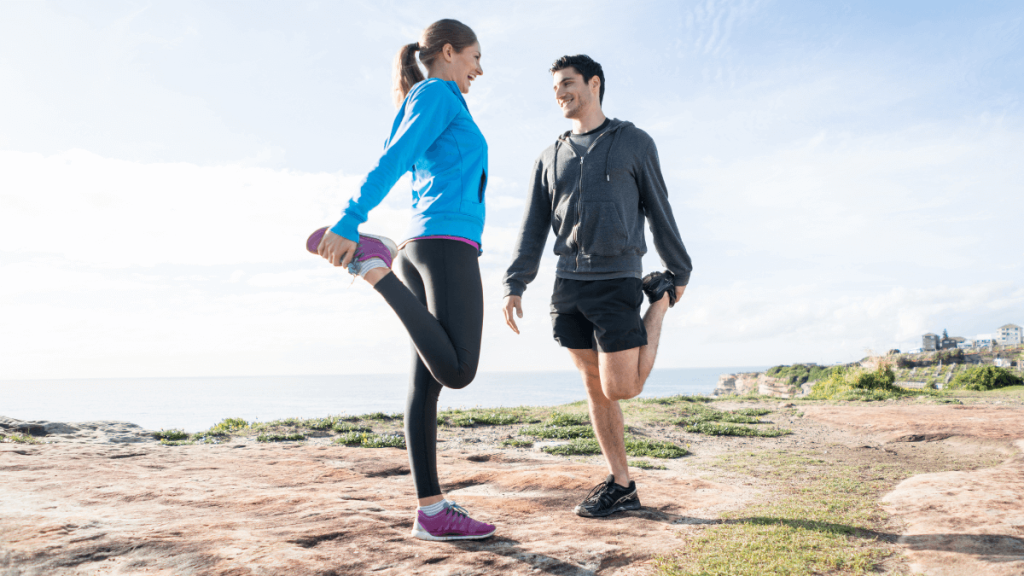
The summers in Australia are not funny. In many places, temps are above 40°C, so working out in that kind of heat can cause heatstroke, dehydration, and sunburn. You can still stay fit, though, if you take the right steps.
Time it Right
Avoid peak heat times between 11 am and 4 pm. Aim for early morning or late evening workouts when the temperature is cooler.
Hydration is Key
Drink plenty of water before, during, and after your workout. Electrolyte-replenishing drinks can be helpful after intense sweat sessions.
Dress Smart
Choose lightweight, breathable fabrics and light colours. Look for activewear made with sweat-wicking material and wear a hat and sunglasses for sun protection.
Don’t Skimp on Sunscreen
Apply a broad-spectrum SPF 50+ at least 20 minutes before stepping outside. Reapply if you’re out for longer periods or sweating heavily.
Listen to Your Body
If you start to feel dizzy, nauseous, or overly fatigued—stop immediately, find shade, and rehydrate.
3. Aussies Dealing with Humidity and Storms

It can be hard to work out outside in the northern parts of Australia, especially during the rainy season (usually November to April). High humidity makes it more likely to get too hot and makes it harder for the body to cool down through sweat.
Indoor Alternatives
Keep an indoor backup plan. Whether it’s a home workout, gym session, or swimming at an indoor pool, having options helps you stay consistent.
Adapt Your Routine
Reduce workout intensity on humid days. Instead of a 10k run, opt for a short HIIT session indoors.
Watch for Thunderstorms
Don’t take chances with lightning. If there’s a storm forecast, reschedule or move your workout indoors.
4. Cold Weather Conditioning: Staying Safe in Winter

In Australia’s colder parts, winter workouts provide unique difficulties. From sore joints to frostbitten fingers, the weather can deter even the most committed gym goer.
Warm Up Longer
Cold muscles are more prone to injury. Spend at least 10 minutes warming up before intense activity.
Layer Up
Wear thermal, moisture-wicking layers that can be removed as your body heats up. Don’t forget gloves, beanies, and warm socks to protect extremities.
Mind the Surface
Frosty mornings can make pavements slippery. Stick to well-lit, safe routes and avoid risky surfaces.
Stay Motivated
Cold weather can sap motivation. Find a workout buddy, sign up for winter fitness challenges, or mix in new workouts to keep things interesting.
5. Smoke, Pollution & Air Quality Concerns
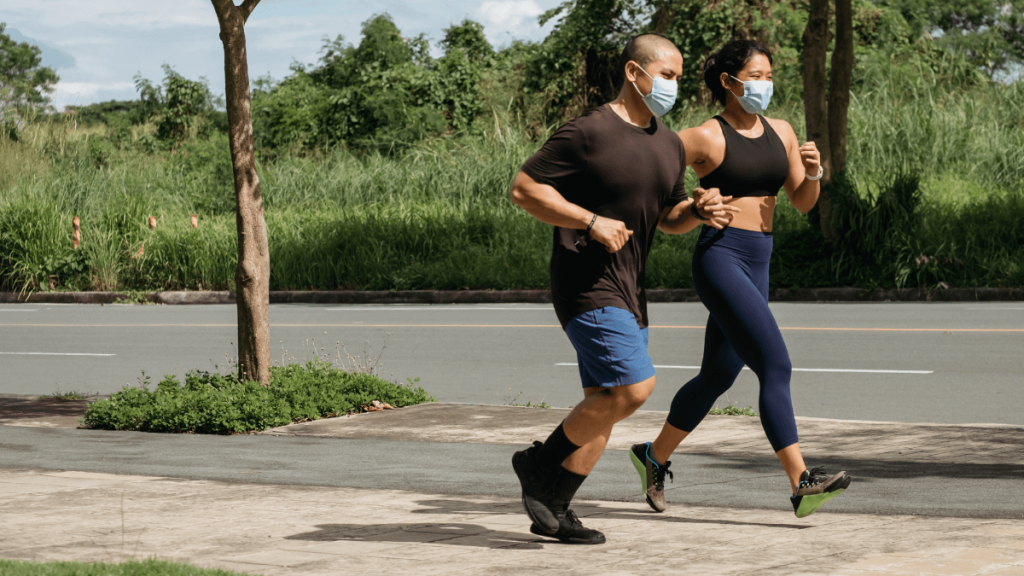
Usually in the hotter months, Bushfire season can bring harmful levels of smoke and bad air quality. Working in such surroundings could aggravate bronchitis, asthma, and other respiratory disorders.
Check the AQI
Use the Air Quality Index (AQI) from local government sources or apps to decide whether it’s safe to be active outdoors.
Wear a Mask
If the AQI is moderately high but not dangerous, consider wearing a P2 mask, which filters out fine particles.
Prioritise Indoor Air
If indoor air is also affected, use air purifiers and choose low-intensity workouts that don’t strain your lungs.
6. Stay Safe with Smart Tech
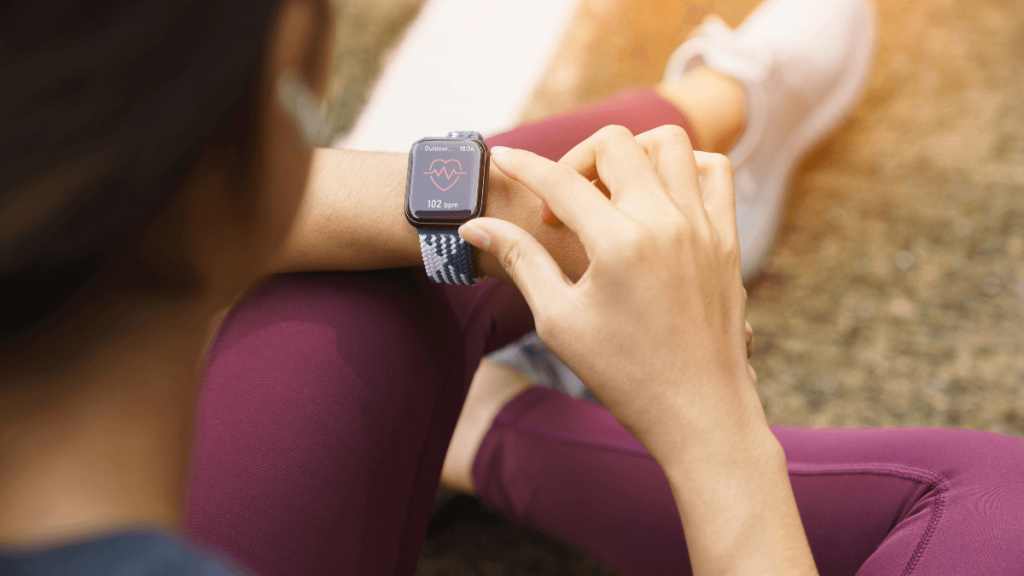
Fitness tech can be a real game changer when navigating extreme Aussie weather.
Smartwatches and Fitness Trackers
These can help you monitor your heart rate, hydration levels (some models), and even alert you if your body is overheating.
Weather Apps
Apps like BOM Weather or Windy provide accurate, up-to-date weather info, including UV indexes, wind speed, and storm warnings.
Emergency Contacts
Let someone know your route and expected return time—especially if you’re going hiking or running in isolated areas.
7. Adjust Your Expectations

Extreme weather sometimes means that your performance might not be at its best—and that’s quite fine. Maintaining a safe and sustainable exercise program depends much on flexibility and awareness.
- Don’t push through only to cross your to-do list.
- Change your exercise to fit your present surroundings.
- Take rest days when the temperature becomes too high.
Remember, consistency beats intensity in the long run.
8. Aussie-Specific Workout Tips

Because staying fit is part of the Aussie way of life, here are a few bonus workout tips tailored to local favourites:
Beach Workouts
- Avoid midday sessions when sand temps can burn your feet.
- Be mindful of uneven surfaces to prevent ankle injuries.
- Don’t forget hydration—even if you’re surrounded by water!
Bushwalks & Hikes
- Always carry a map, plenty of water, and a charged phone
- Check park alerts for closures or fire bans
- Wear sturdy shoes and let someone know your route.
Surfing or Swimming
- Always check surf warnings and tide reports.
- Swim in patrolled areas between the flags.
- Wear a rashie or wetsuit for sun and jellyfish protection.
Staying Fit, Staying Smart
One of Australia’s best gifts is its natural beauty; staying active is the best way to appreciate it. However, whether Perth is experiencing a sweltering summer or a cold Canberra morning, weather-wise exercises call for some forethought and adaptation.
With the correct planning, you can safely and successfully remain on top of your annual fitness goals. So don’t stop next time the weather seems a bit erratic. Rather, make wise decisions, be current, and keep advancing.
Wrap-Up: Keep These Workout Tips in Mind
To sum up, here are the workout tips to follow for exercising safely in Australia’s extreme weather:
- Hydrate and steer clear of summer’s high heat hours.
- Dress for the temperature—heat, cold, or rain.
- Remain current with warnings on air quality and weather.
- Add extra safety using electronics and fitness trackers.
- Change routines depending on your zone of climate.
- Safety should always come first, even over strength.
With these weather-wise workout tips, Aussies can keep chasing those fitness goals, come rain, heat, or hail.

